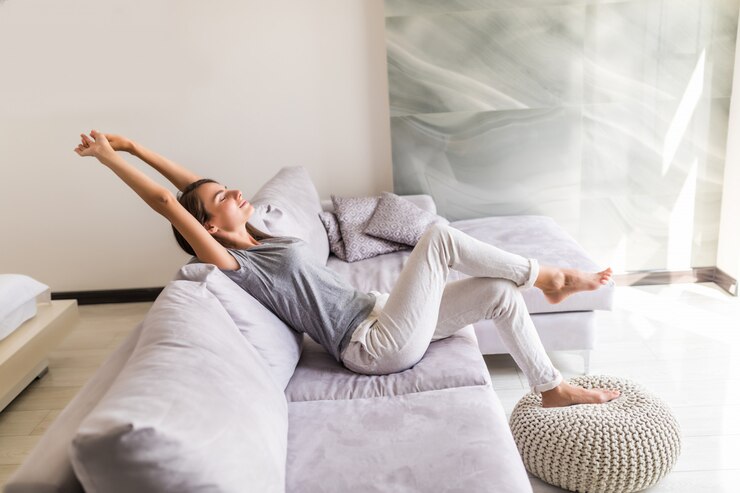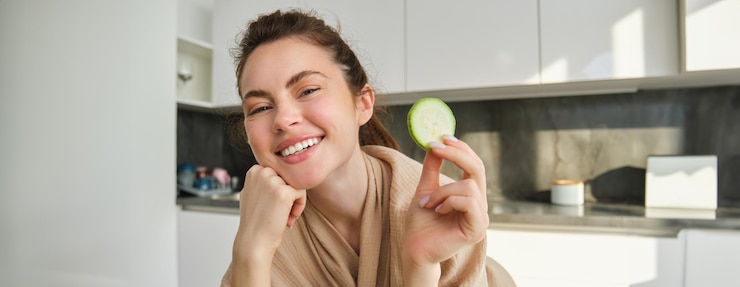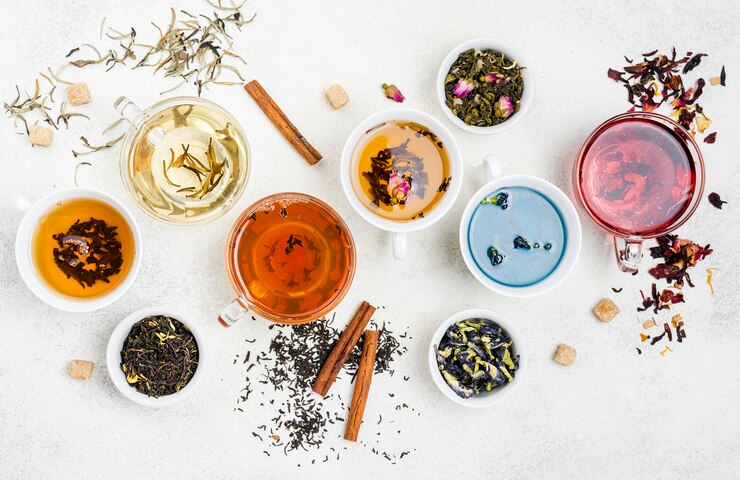
Ensuring clean indoor air is crucial for healthier lungs, a robust microbiome, fewer illnesses, better sleep, and more. Given that we spend most of our time inside, especially in colder regions like Canada, indoor air quality is just as vital as outdoor air quality.
Unfortunately, we’re often exposed to indoor irritants like dust, mold, and chemicals released from cleaning products and furniture. These airborne pollutants, known as volatile organic compounds (VOCs), become trapped indoors with us.
Indoor air can be significantly more polluted than outdoor air—up to ten times more in some cases! However, there’s plenty you can do to drastically cut down these irritants and chemicals at home. Here are my top seven tips for improving your home’s air quality:
1. **Ventilate by Opening Windows:**
Allow fresh air in, even during colder months. Just 10 minutes both in the morning and evening can make a big difference by clearing out VOCs, mold spores, dust, smoke, radon, viruses, and bacteria. Additionally, use the kitchen vent fan to help remove potential contaminants.
2. **Choose Non-Toxic Cleaning Products:**
Check your home cleaning supplies. If they have “danger,” “caution,” or “warning” labels, consider disposing of them properly during your local hazardous waste pickup. Opt for natural, non-toxic products to ensure safety, especially for kids.
3. **Select Safer Personal Care Products:**
Products you use on your body can release chemicals into the air. I prefer using natural products from Hello Joyous, which are free from toxic ingredients. Avoid sprays and aerosols, as they often emit hormone-disrupting chemicals. A study found that popular fragrances can contain multiple harmful chemicals.
4. **Use an Air Filter:**
Air filters help remove dust, allergens, mold, pet dander, formaldehyde, and VOCs. They are incredibly useful for allergy or asthma sufferers and those with breathing difficulties. I recommend the Jaspr Air Purifier for its efficiency and ease of use—plus, you can use code JOYOUS to save $200. Listen to my interview with Jaspr’s founder, Mike Feldstein, to learn more.
5. **Minimize Artificial Fragrances:**
Avoid air fresheners and artificially scented candles, which often contain harmful chemicals like phthalates and neurotoxins. Instead, essential oils can provide a pleasant scent without toxins.
6. **Choose Clean-Burning Candles:**
Switch from paraffin or petroleum-based candles to soy or beeswax alternatives. Look for candles using 100% natural essential oils and phthalate-free labels, with cotton or wood wicks.
7. **Add Plants to Your Home:**
Plants are a lovely and economical way to enhance your home’s air quality and support a healthy indoor microbiome. Varieties like spider plants, aloe, and peace lilies are excellent for purifying air.
**Additional Tips & Interactions:**
– **Cleaning Hardwood Floors:** A solution of water and vinegar works well, or use a steamer for chemical-free cleaning.
– **Water Purification:** Consider shower filters if the water dries your skin—Santevia offers good options.
– **Furnace and Duct Maintenance:** Clean them every couple of years for better air quality.
– **Plants in Kids’ Rooms:** Safe as long as they’re non-toxic. Be mindful of placing poisonous plants around young children.
-Avoiding carpet is advisable; hardwood or engineered wood is a healthier option compared to vinyl, which might release harmful chemicals.
For those considering air purifiers like Molekule, while I’m not familiar, I’ve had positive experiences with Dyson products.
I hope you find these tips helpful for creating a healthier home environment!


